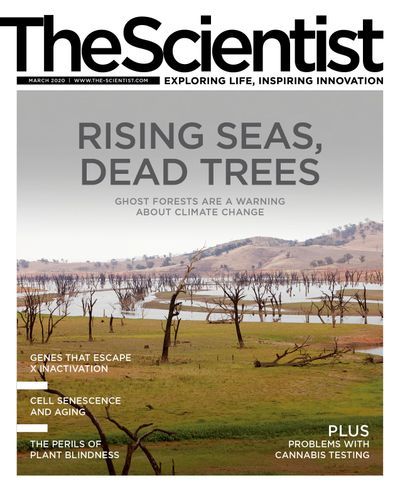
ABOVE: © CATHERINE DELPHIA
Senescent cells accumulate with age. This may result in higher levels of certain senescence-associated secretory phenotype (SASP) proteins, which researchers believe drive aging-related processes and promote aging-related diseases. And senescence, scientists are coming to understand, is itself mediated by cellular processes associated with aging.
How aging-related cellular processes drive senescenceUntangling which cellular processes drive senescence is a major challenge to researchers, in part because those pathways are interrelated. In addition, there may well be multiple factors that contribute to the accumulation of senescent cells, including the tissue or organ in question, a person’s genetic makeup, and environmental stressors she is exposed to. | |
 Catherine Delphia | Telomere dysfunctionThis can occur when protective pieces of DNA at the ends of chromosomes grow shorter with successive cell divisions, or when their internal structure unfolds, a process called “telomere uncapping.” Both have been shown to trigger... |
Read the full story.
Katarina Zimmer is a New York–based freelance journalist. Find her on Twitter @katarinazimmer.
Interested in reading more?







